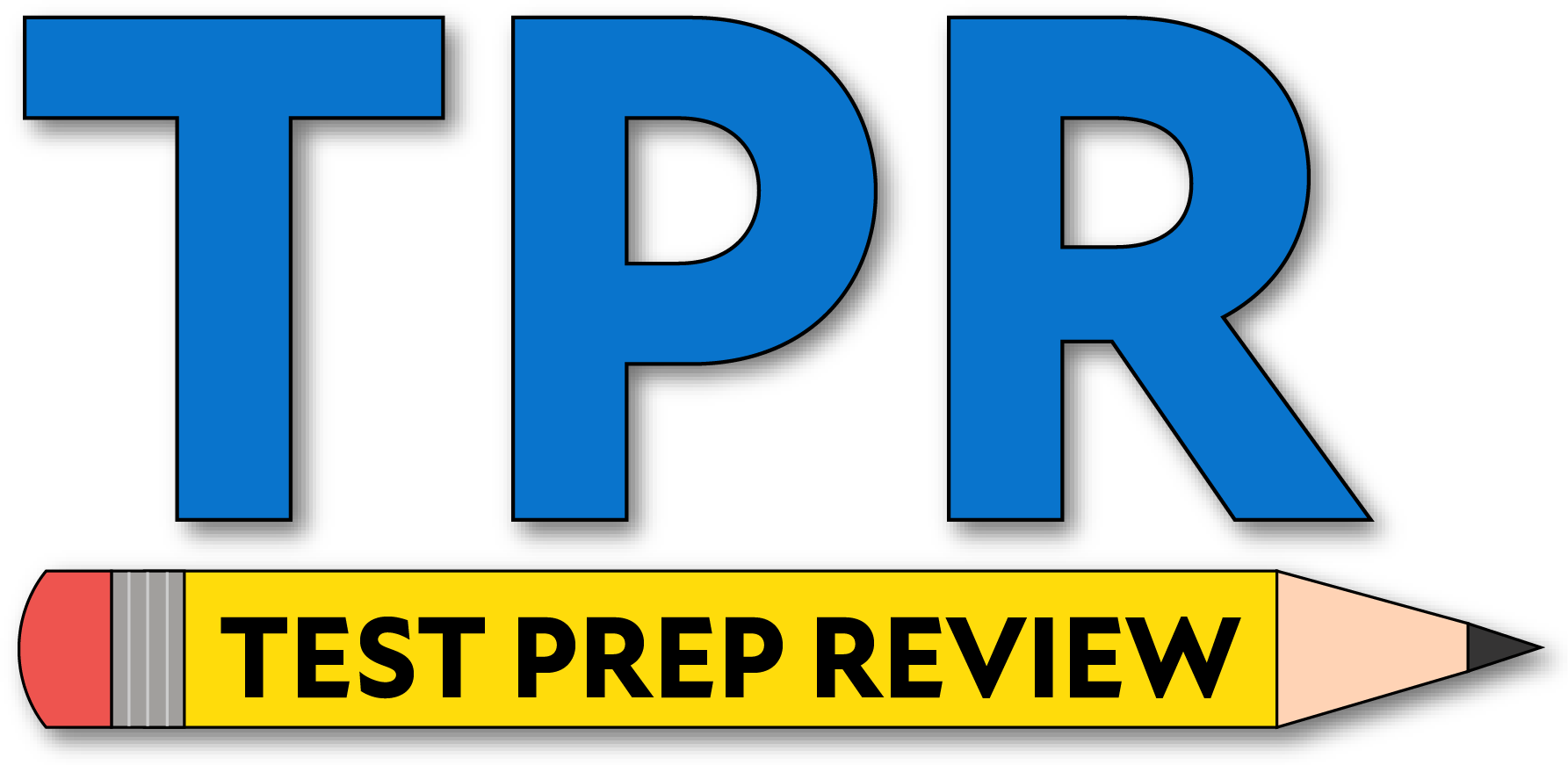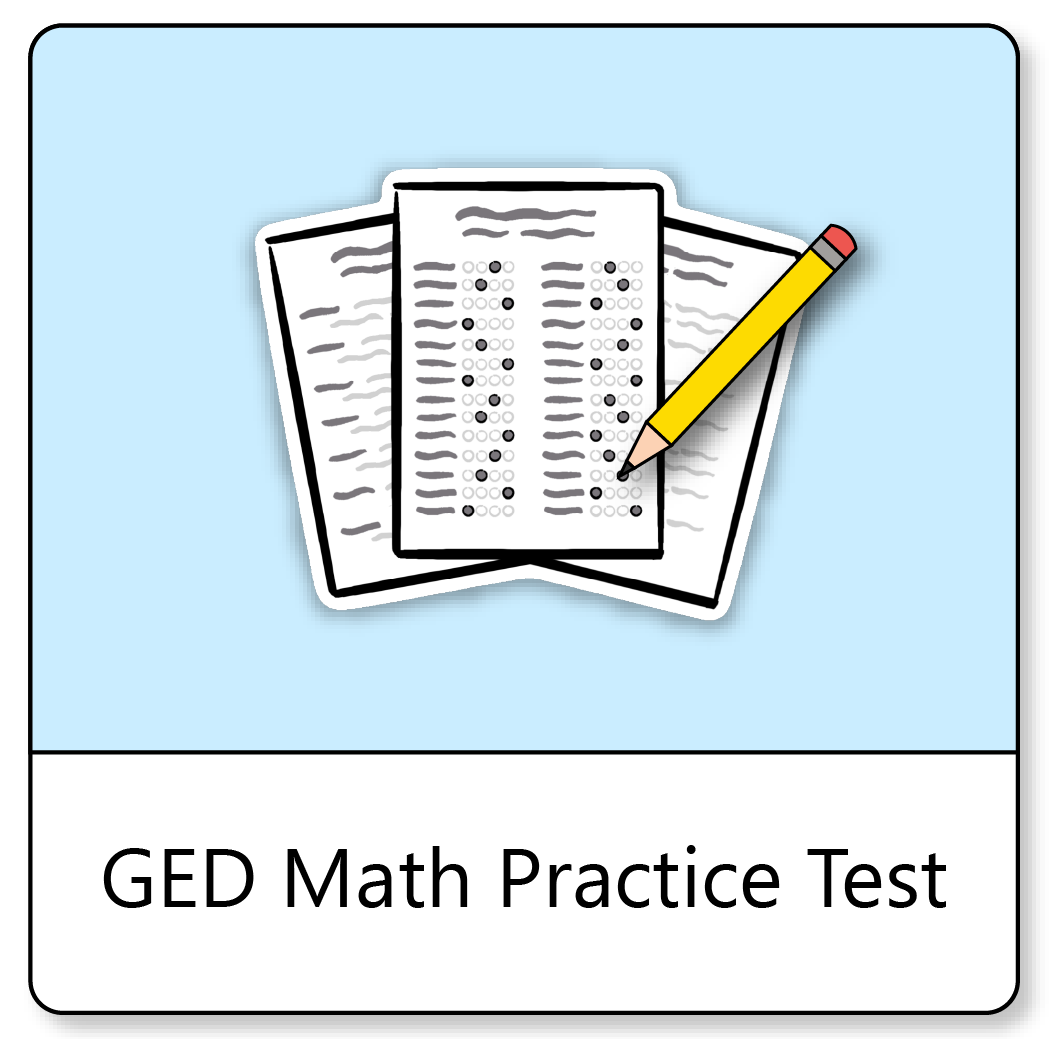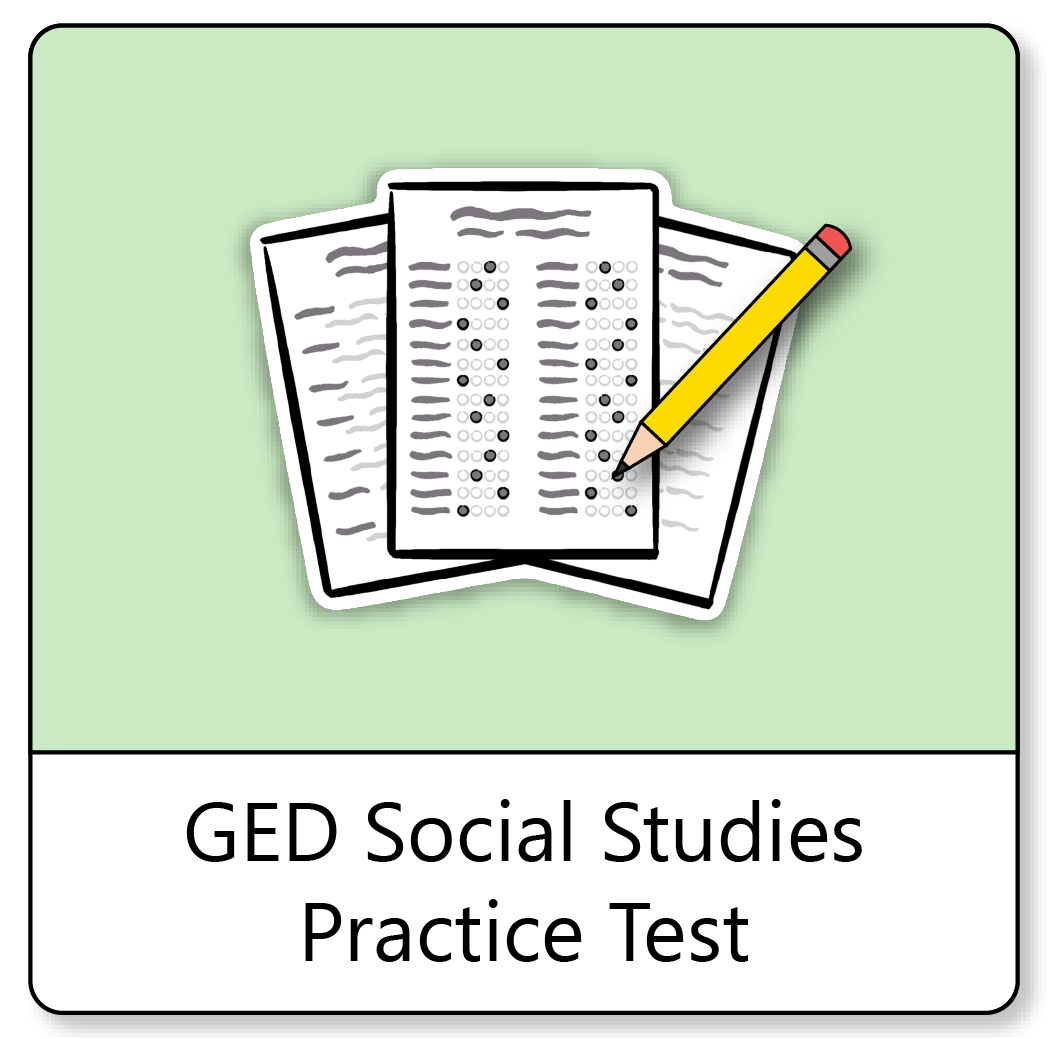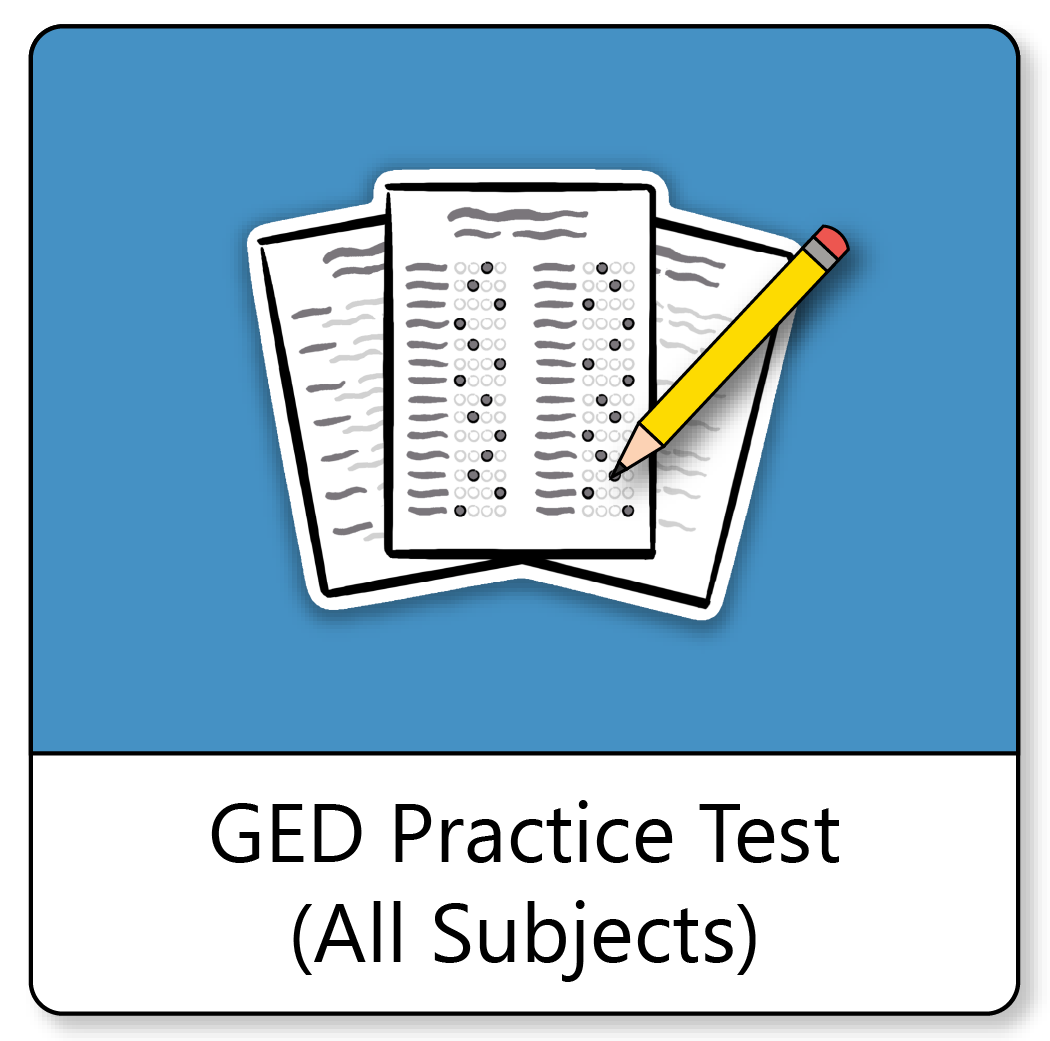If you need help studying for the GED® Reasoning Through Language Arts test or just want some more information about what the GED test is like, you’ve come to the right place.
Click below to take a free GED Reasoning Through Language Arts practice test!
What Language Arts Questions are on the GED?
There are 46-51 ELA questions on the test, grouped into three main areas:
- Reading for meaning
- Identifying and creating arguments
- Grammar and language
GED Practice Tests
Subject-Specific Practice Tests
If you need some extra practice in a specific subject, click one of the subjects below to get started on a subject-specific GED practice test.
Full Practice Test
If you’d like to test your full range of knowledge, click below to take a full GED practice test that includes every subject:
Online GED Prep Course
If you want to be fully prepared, Mometrix offers an online GED prep course. The course is designed to provide you with any and every resource you might want while studying. The GED course includes:
The GED prep course is designed to help any learner get everything they need to prepare for their GED exam. Click below to check it out!
GED® is a registered trademark of the American Council on Education (ACE) and administered exclusively by GED Testing Service LLC under license. This material is not endorsed or approved by ACE or GED Testing Service.



 GED Online Course
GED Online Course GED Study Guide
GED Study Guide GED Flashcards
GED Flashcards



